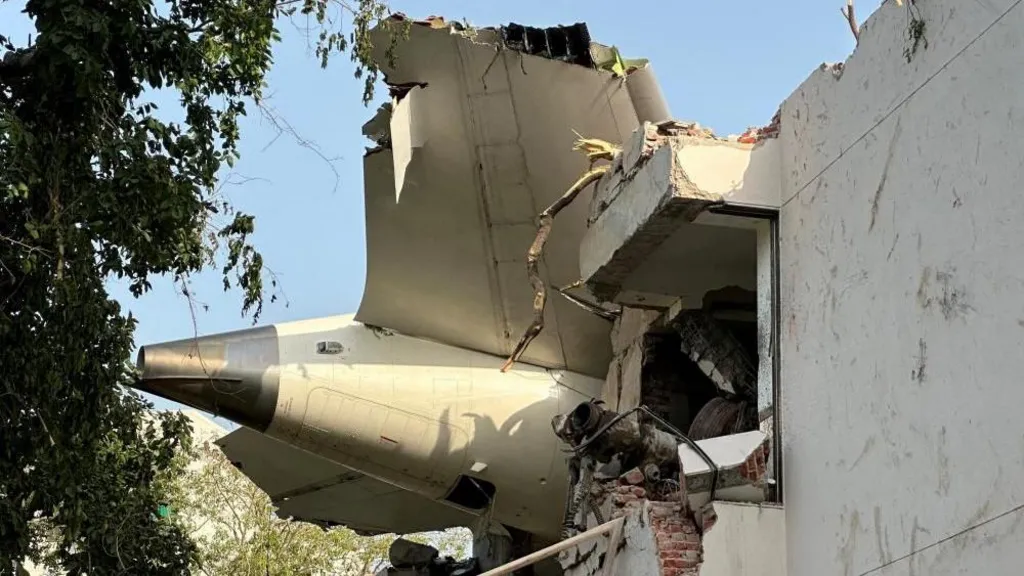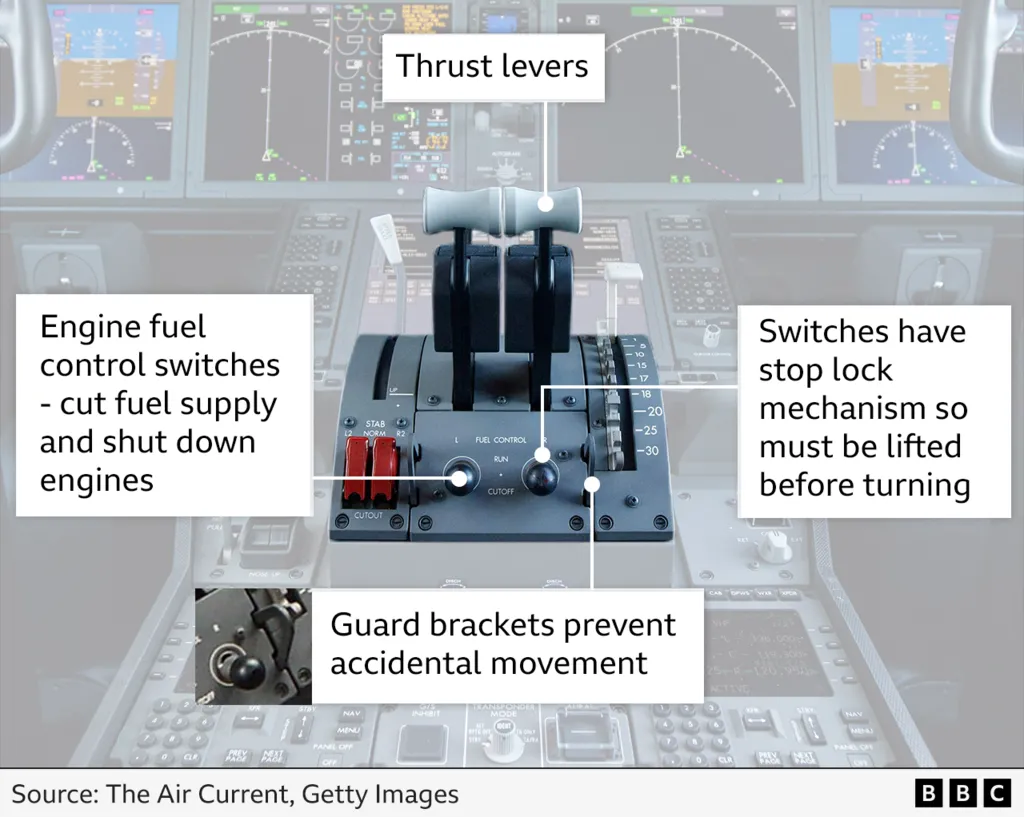Air India Crash: Preliminary Report Indicates Fuel Cut-Off Just After Takeoff
Air India Crash: Preliminary Report Indicates Fuel Cut-Off Just After Takeoff
Ahmedabad, India – A preliminary investigation into the devastating Air India crash that claimed 260 lives has revealed a startling detail: the fuel supply to the engines was cut off mere moments after the Boeing 787-8 Dreamliner departed from Ahmedabad airport. The incident, which occurred on June 12th, has sent shockwaves through the aviation industry, raising critical questions about the events leading up to the tragic loss of life.
Recovered cockpit voice recordings, detailed in the initial report by India’s Aircraft Accident Investigation Bureau (AAIB), suggest a moment of profound confusion in the cockpit. One pilot can be heard questioning the other, “why did you cut off?”, to which the response was a denial of any such action. This exchange highlights a critical discrepancy in the moments before the aircraft began its fatal descent.

The London-bound aircraft crashed less than a minute after takeoff, tragically killing 240 passengers and crew onboard, as well as 20 individuals on the ground. The catastrophic event marked the first fatal crash for the Boeing 787-8 Dreamliner since its entry into service in 2011. A comprehensive final report from the AAIB is anticipated within the next 12 months, promising deeper insights into the multifaceted causes of this disaster.
Further analysis of the flight recorder data indicates that both of the aircraft’s fuel control switches were moved to the “cut-off” position in rapid succession, a mere second apart, shortly after the plane became airborne. This action is typically reserved for shutting down engines after landing or in extreme emergency situations, such as an engine fire, and is highly irregular during the critical phases of takeoff.
The consequence of this action was a complete loss of thrust from both engines. The ensuing confusion in the cockpit, as evidenced by the voice recordings, underscores the unexpected nature of this critical failure. While the report does not identify which pilot made which statement, it names Captain Sumeet Sabharwal and co-pilot Clive Kundar as the flight crew.
In a desperate attempt to regain control, the fuel switches were reportedly moved back to their normal operating positions, initiating the process of relighting the engines. However, the aircraft had already lost too much altitude and airspeed. One engine managed to regain partial thrust, but it was insufficient to counteract the plane’s deceleration and loss of lift, leading to the catastrophic plunge.
A Mayday call was made by one of the pilots just moments before the aircraft impacted a building used for doctors’ accommodation, triggering a massive explosion. The report did, however, confirm that both pilots had an “adequate rest period” prior to the flight, ruling out fatigue as a direct contributing factor.
Initial speculation had suggested bird strikes as a potential cause. However, the AAIB’s preliminary findings state that “no significant bird activity” was observed along the plane’s flight path, seemingly discounting this theory.

The investigation also noted a relevant advisory from the Federal Aviation Administration (FAA) issued in 2019. This bulletin highlighted an issue with some Boeing 737 models where the locking feature on fuel control switches could be disengaged. Although this was not deemed an urgent safety defect requiring a mandatory Airworthiness Directive, the same switch design is present in the Air India VT-ANB aircraft involved in the crash. Air India had not conducted inspections related to this advisory, as it was not a mandatory regulation.
An Air India spokesperson acknowledged the preliminary report, stating the airline’s full cooperation with the AAIB and other authorities. “We continue to fully co-operate with the AAIB and other authorities as their investigation progresses. Given the active nature of the investigation, we are unable to comment on specific details and refer all such enquiries to the AAIB,” the spokesperson said.
Boeing deferred comment on the specifics of the crash, adhering to protocols that designate the investigating body for information release. The company reiterated its support for the ongoing investigation and its customer, Air India. The US National Transportation Safety Board (NTSB) confirmed that the preliminary report contained no immediate recommendations targeting operators of Boeing 787 jets or their GE engines.
This tragic accident represents a significant setback for Air India, which is currently undergoing a major business turnaround following its privatization. The airline, now owned by the Tata Group, has had to curtail some of its international wide-body operations in the wake of the crash.
Related Articles:



Post Comment